THE LIGHT OF NATURAL LEADERS: Young People Move the New Nature Movement
Spend too much time watching the bleating heads on cable news and you’ll feel overwhelmed and depressed, and not necessarily illuminated. Hang out with young Natural Leaders, who gathered at the National Conservation Training Center in West Virginia last week, and you’ll be buoyed for days. As I was.
Fifty young people between the ages of 18 and 30, and ten trainers (also young) gathered at the Children & Nature Network’s fourth Natural Leaders Legacy Camp. Sponsored by The North Face, the REI Foundation, the U.S. Fish and Wildlife Service and the Children & Nature Network, the Legacy Camp trains young people to be the next generation of leaders in the children and nature movement – or the “new nature movement” because it also includes adults.
The Children & Nature Network established the Natural Leaders network on the premise that young people would be the most effective role models for children and other young people, and would offer fresh perspective and new ideas.
We also hoped that the Natural Leaders would be more diverse – economically, culturally, racially – than the mainstream conservation movement. Through the leadership of Juan Martinez, Martin Leblanc and others, the Natural Leaders initiative is on its way to fulfilling those goals – and establishing new ones – and widening its influence. LeBlanc, a co-founder of the Children & Nature Network, reports that four Legacy Camps have trained 250 young people in 47 states. As in past years, all of the 2015 Legacy participants were extraordinary, as were their personal stories. Here’s a sampling (apologies to those not mentioned, whose absence here reflects space constraint, not value of leadership).
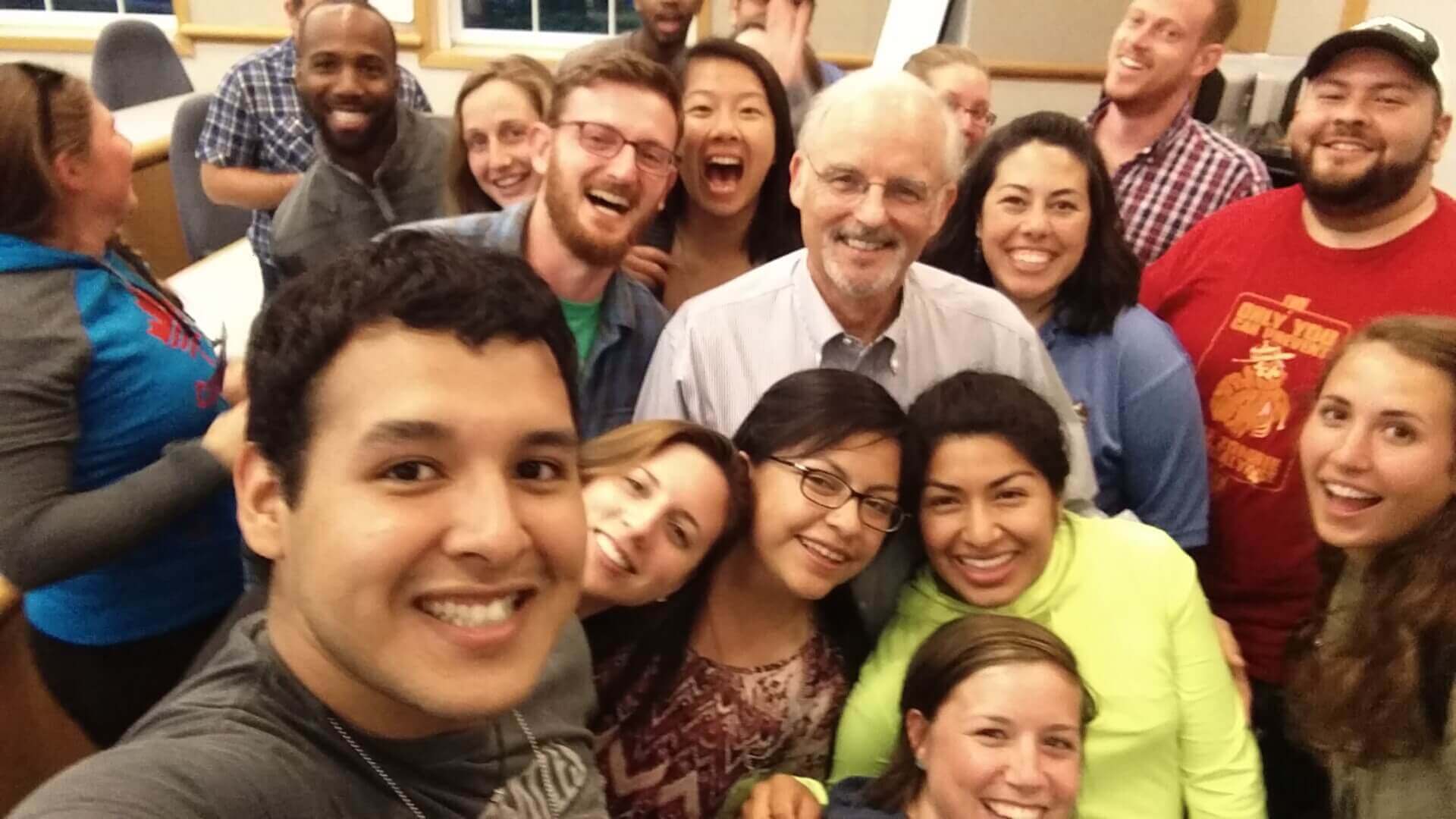
Spreading health is one of the goals that the Natural Leaders share. Lorenzo Hernandez, who graduated from high school in June, was inspired by the Keep Austin Beautiful Green Teens program. He says, “My dream is to combine nursing and nature.” Raquel M. Laureano Palma, from Puerto Rico, helps provide equine therapy for children: “I love nature, am passionate about my work, and love horses! I am currently studying counseling psychology and dream to do prevention programs for the community on my farm.” Community college student Juan Telles, who experienced poverty and other hardships growing up (and ran for Modesto, California’s City Council at the age of 23), has developed an outdoor workout program as part of his work with Latino Outdoors.
Many are dedicated to nurturing nature and natural experiences in urban neighborhoods. Abigail Gerdes, an AmeriCorps VISTA volunteer at the Cuyahoga Valley National Park, is developing a youth conservation program for low-income, urban high school students. Emily Crenner has helped run a Nature Club for families at the Bronx Zoo, and has helped connect families with nature at Brooklyn’s Prospect Park. Jaime Chong, of Vancouver, British Columbia, rejected one definition of success, making “lots of money, and to look my finest.” Instead of fixating on material success, she wants to create community gardens in urban neighborhoods. Chong adds, “My best showers have been under waterfalls.”)
Others focus on nature beyond the cities, including the nature of rural areas. Leah Kelley, a young farmer, looks forward to helping create new food systems and to reconnect youth with the healing power of the natural world. Nathan Miller, a kite aerial photographer who works in the Upper Peninsula of Michigan, lives on a rural homestead, and hopes “to use the skills I learn at Legacy Camp to instill in our community the same sense of being outdoors that I hold.” Hunter Morton, of South Carolina, is passionate about the human connection to wildlife: “Through both the Boy Scouts of America and the Future Farmers of America I have grown into an active environmentalist.”
Some plan to introduce more nature-based learning in the nation’s schools. Maggie Patterson, a recent graduate from Texas A&M University, asked her parents to send her to this year’s Children and Nature Conference in Austin as a graduation present, then applied to attend the Legacy Camp. She hopes to put her education degree, with a minor in horticulture, to good use helping lead the new nature movement, and “maybe one day … direct a school that is progressive in nature education.” Diane Wendt, from Fort Collins, Colorado, also believes in the power of nature experiences to improve cognitive abilities and help students learn and create. Her philosophy is succinct: “I am a preschool teacher who strives to change the world one kiddo at a time.”
Natural Leaders also come to this calling through the doorways of environmental and social justice. Melissa Sotelo, from Denver studied criminal justice in college and has dedicated herself to “being a catalyst of change in our community” and removing the barriers between people and the natural world. Michelle, Pinon has worked as a community organizer focused on workers’ rights in the food industry, and has begun “to question how communities form and connect to nature.”
These young people also find themselves gravitating to careers in conservation, wildlife biology, or the outdoor industries. Evan O’Donnell, of Starkville, Mississippi, grew up in a Chicago suburb without much nature experience, until he joined the Boy Scouts. After studying psychology, special education, and elementary education, he relocated to Mississippi where he earned a degree in wildlife science. “As a youth environmental and conservation educator and naturalist, I strive to inspire kids to make the world a better place through positive choices,” he says. Maria del Pilar Rodriguez, of Cochita, New Mexico, helps create outdoor educational programs at Kasha-Katuwe Tent Rocks National Monument. Natural Leaders bring eclectic interests to the movement. Samuel Rosenstein, of Tallahassee, Florida, for example, is a doctoral candidate in arts administration. (Note to Sam: Why not help create a Natural Artists network? That’s something I hope the Children & Nature Network pursues someday.)
Over the next year, these and all the other Natural Leaders will serve as grassroots organizers in their home communities.
They’re committed to spread the word by speaking at colleges or community organizations, and to lead four community events: an outdoor service project; a Let’s Get Outside event; or a Nature-Deficit Disorder House Party. LeBlanc says that the Natural Leaders will also be helping out with Every Kid in a Park, the White House initiative that launches in September. That program will make available a free annual family pass to every fourth grader in America to any National Park or other federal lands. These Natural Leaders now join a widening network of other Natural Leaders. They’ll continue to be mentored through the year and beyond.
Personally, I needed the jolt of energy these young people and trainers gave me last week. It was an honor to spend time with them. When Martin LeBlanc and I arrived at NCTC, the fields were alive with fireflies and the evening sky was lit by lightning. The scene was appropriate, for the light that these young people will spread around the world will be electric, luminescent and authentic.
Learn more about the Children & Nature Network’s Natural Leaders
Beyond Legacy Camp: What C&NN’s Natural Leaders Do When They Get Home, a Finding Nature News story
-
Network News
POLICY UPDATE: Policy and advocacy for the children and nature movement
-
Voices
Binoculars, bald eagles and my journey as a Black birder
-
Richard Louv
THE WONDER BOWL: Ten Spring and Summer Nature Activities for Kids and Adults
-
Network News
Minneapolis Spotlight: The promise and possibilities of parks for youth
-
Voices
Why nature is my motherhood ally


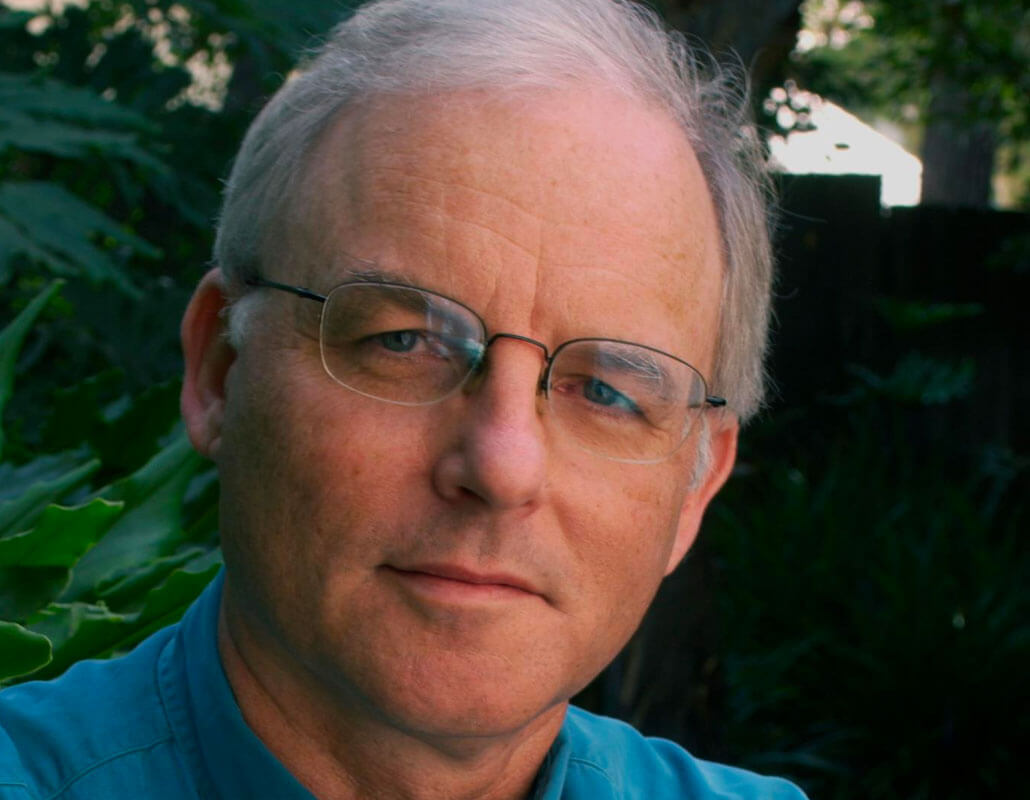
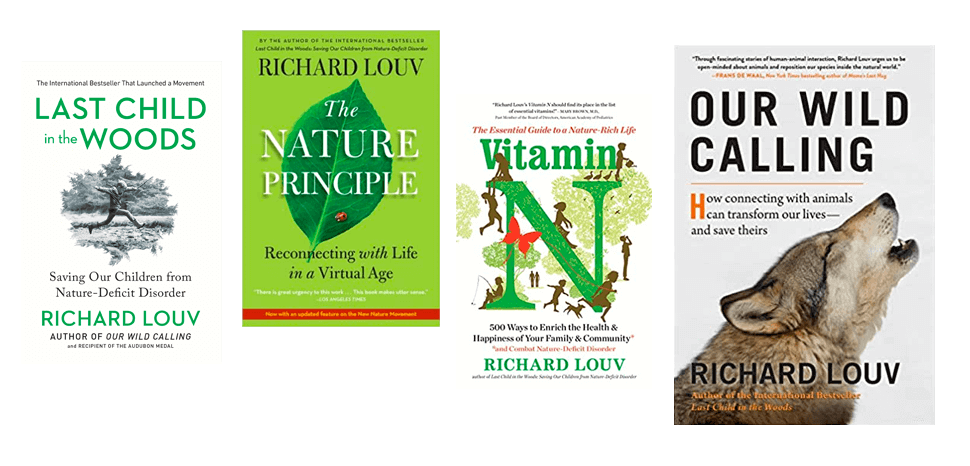
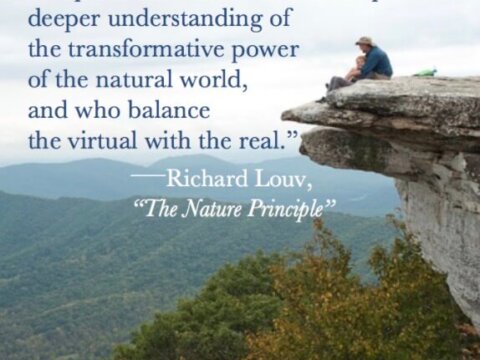
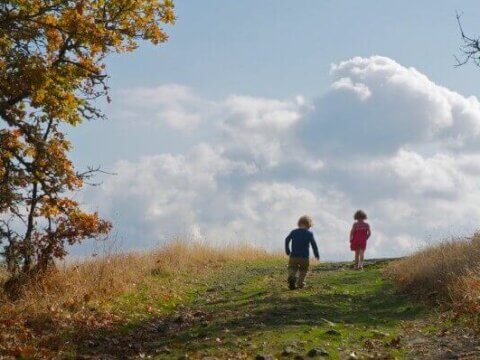
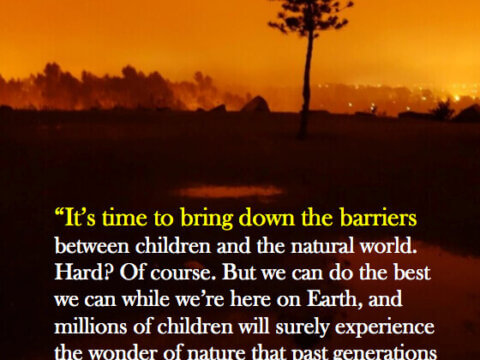
Commentaries on the C&NN website are offered to share diverse points-of-view from the global children and nature movement and to encourage new thinking and debate. The views and opinions expressed are those of the author(s) and do not necessarily reflect the position of C&NN. C&NN does not officially endorse every statement, report or product mentioned.